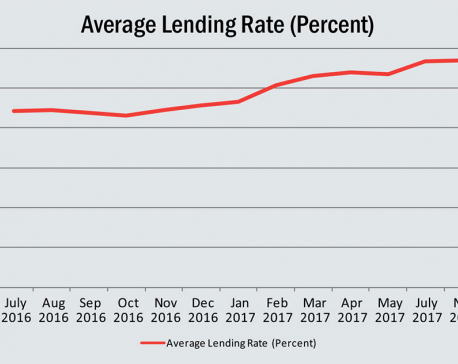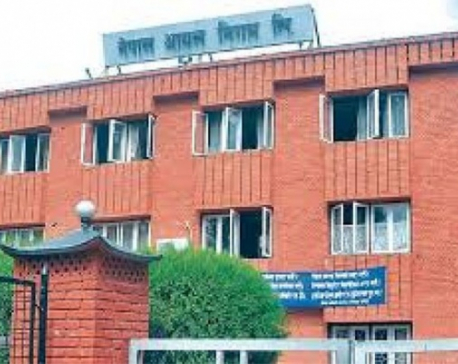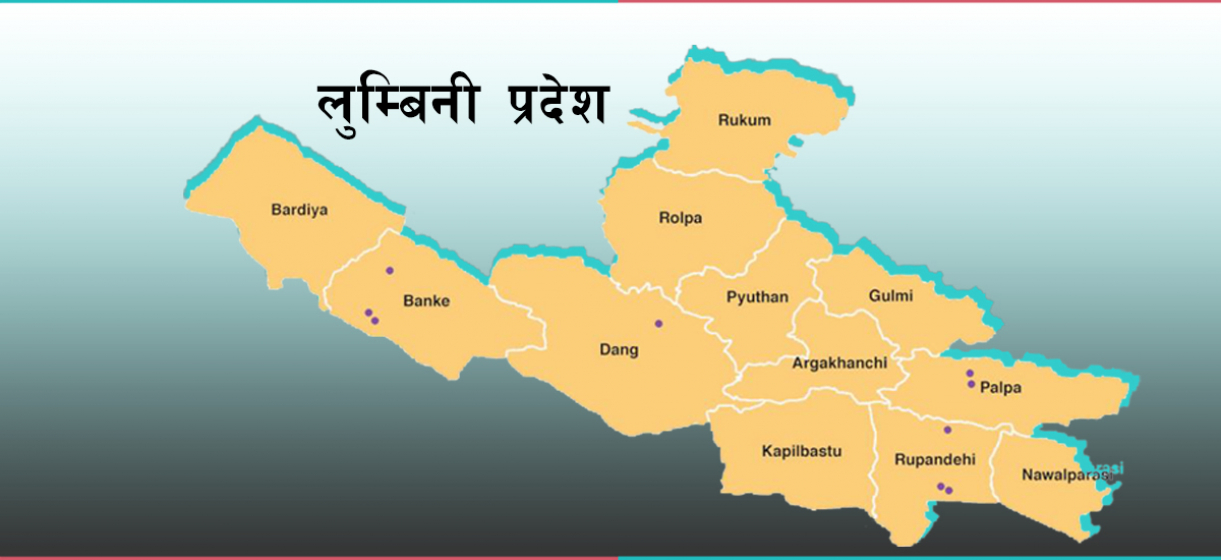
OR

KATHMANDU, May 19: The price of vegetables in the Nepali market has grown by a whooping rate according to the Nepal Rastra Bank (NRB). A report published by the NRB suggests that the vegetable prices have risen significantly by 24.7 percent in the first nine months of this fiscal year.
The vegetable prices in the first nine months of FY 2016/17 had fallen by 9.7 percent. As a result of the excessive inflation in vegetables, the overall food inflation stands at 4.7 percent. This in the review period in the last fiscal year was 0.7 percent. Meanwhile, the inflation in price of fruits has surged by 6 percent. While in the first nine months of FY2016/17, the inflation rate stood at 3 percent, this year it has increased to 9 percent. The NRB statistics suggests that the milk products and eggs have also seen a significant growth in inflation by 3.2 percent as the percentage inflation on these products which stood at 4.4 percent increased to 7.6 percent.
Likewise, the inflation rate of tobacco products have seen a rise by 2.4 percent as the rate of inflation increased from 3.9 percent in the first nine months of FY2016/17 to 6.3 percent in the same period this year. The inflation rate of cereals and grains and their products have also soared from a negative 0.3 percent inflation rate to 3.6 percent.
According to Binaya Shrestha, deputy director of Kalimati Fruits and Vegetable Market Development Board (KFaVMDB), the excessive rise in inflation rate of vegetables is a result of the decreased production of vegetables in the country. “Compared to the previous fiscal year, the production of vegetables in Nepal has significantly fallen. This is a major reason behind the inclined inflation rate in price of vegetables in the Nepali market,” Shrestha said.
Factors such as the massive flood of August 2017 devastated the production of vegetables in major production areas in a peak production season. Also, the widespread shortage of vegetables in the Nepali market during winter seasons caused the vegetable price to tower way above the line, said Shrestha. He further added that the surge in price of fuel has caused the transportation cost of vegetables to go up, a bulk of which comes from India. This includes vegetables like onion, tomato, lady's finger and pointed gourd (parbal) among many others.While Shrestha cited the dramatic hike in inflation rate to decreased production, Khem Raj Joshi, information officer and senior vegetable development officer at the Vegetable Development Directory suggests otherwise.
“The chief reason behind this excessive rise in inflation in vegetable prices is due to the role of middle men and traders. Nepali traders deem it justified to hike vegetable prices excessively citing change in weather, rainfall and hailstones. Although these are certainly factors that affect vegetable production, the change in price as a result of these factors is much exaggerated.” Joshi further added. “We have not seen such dramatic change in quantities of vegetable production.”
“However, the gap between consumer price and the price a farmer gets while selling his/her products is just too large. If a farmer sells vegetable for Rs 10 per kilogram, the consumer has to pay Rs 60 for the same vegetable,” Joshi added. “And such large gap has caused unnecessary price hike in market price of vegetables as traders do not have to pay any money for grading and packaging of these vegetables, as none of it is done.”
Furthermore, Joshi claimed that such monopoly of middlemen in the Nepali vegetable market mainly due to the lack of a 'market regulation' to monitor and curb such irregularities.
Among the vegetables that saw maximum flux in price, the price of onion soared to Rs 115 per kilogram in late November 2017. Onion price which hovered around Rs 85 per kilogram suddenly rose by Rs 30 as a result of the India government's decision to set the minimum export price to US$ 850 per ton. Also the average cost of big tomatoes in the month of November hovered at Rs 105 per kilogram while that of small tomato soared to as high as Rs 97 per kilogram during this time. Likewise, the average price of cauliflowers approached Rs 80 per kilogram in the month of September, 2017.
You May Like This

Credit crunch bedevils banks: Bank deposit rate at 13%, lending rate spikes to 16%
KATHMANDU, Dec 29: Due to lack of farsightedness and aggressive lending practices among banks and financial institutions (BFIs), credit is... Read More...

NOC hikes fuel prices
KATHMANDU, Feb 2: Nepal Oil Corporation (NOC) has increased the prices of petroleum products on Thursday. ... Read More...

Bill to regulate electricity prices approved by cabinet
KATHMANDU, March 2: The cabinet on Tuesday endorsed Electricity Regulatory Commission Bill 2017, paving way for the tabling of the much... Read More...








Just In
- Patan High Court issues short-term interim order to halt selection process of NTB’s CEO
- NEPSE inches up 0.15 points; daily turnover increases to Rs 2.53 billion
- Bagmati Govt mandates tri-lingual signboards in offices
- Inferno destroys 70 houses in Mahottari
- Health ministry urges precaution against heatwave
- Jhapa road mishap update: Three deceased identified
- Japan hands over Community Center for Disaster Prevention to Indrawati Rural Municipality
- Lumbini: Seven ministers gain portfolios











Leave A Comment